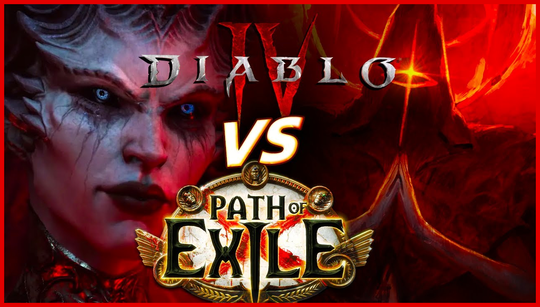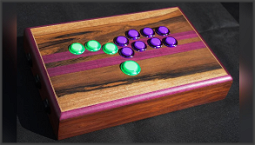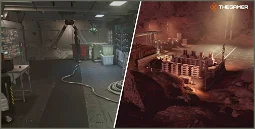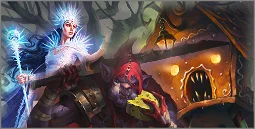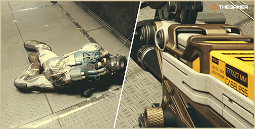A Comparison of Path of Exile and Diablo 4
Many action RPG fans find themselves pondering the question: Which game is better, Path of Exile or Diablo 4? As the release of Diablo 4 draws nearer, the similarities and differences between these two games become increasingly relevant. Released in 2013, Path of Exile has aged gracefully and undergone significant improvements over the years, positioning itself as a strong competitor to Diablo 4, which achieved tremendous sales success upon its release a decade later. To make an informed decision, let's explore the key similarities and differences between Path of Exile and Diablo 4.
Visuals
Diablo 4 embraces a dark and gothic aesthetic, with minimal bright and colorful areas. In contrast, Path of Exile offers a more diverse visual experience. Path of Exile's graphics are stunning, featuring detailed environments, realistic textures, and smooth performance even with multiple players on the screen. Players can explore various regions, including cities, forests, deserts, and more, each with its own unique atmosphere. Similarly, Diablo 4 boasts impressive graphics, with character models that allow for the creation of visually appealing and distinct characters, regardless of gender. The monsters encountered in Diablo 4 are equally impressive, with intricately designed models that can be observed up close.
Character Creation
Path of Exile takes a different approach to character creation, forgoing a traditional character creator in favor of allowing players to choose a class and dive right into the game. Once in the game, players can utilize an extensive skill tree to customize their characters. On the other hand, Diablo 4 offers a comprehensive character creator. Players can select from five distinct classes, each with their own gender options, hair styles, and clothing choices. Further customization is possible through the mixing and matching of armor pieces and accessories, resulting in unique looks.
Classes
Although Diablo 4's character creator offers more extensive options, Path of Exile presents a greater variety of classes, with a total of eight classes currently available and more on the horizon. Each class in Path of Exile offers a distinct playstyle and unique abilities. For instance, the Scion class can be played as either a support or damage-dealing role, while the Witch class allows for a variety of skill specializations, enabling the creation of unique character builds.
Skills and Combat
In terms of combat, Diablo 4 takes a simpler approach to skills. Skill points can be immediately allocated to acquire new skills, with some flexibility to rearrange them to suit individual preferences. In contrast, Path of Exile employs skill gems that can be inserted into gear, opening up a wide range of possibilities for experimentation and customization. For example, players can slot lightning-based skill gems into their armor or combine different spellcasting skill gems to create unique combinations. With over 800 skill gems available, the potential for diverse playstyles is nearly limitless. Path of Exile's skill tree further enhances this customization, offering an expansive selection of passive abilities and stat upgrades.
Multiplayer
Both Path of Exile and Diablo 4 are always-online games, providing seamless multiplayer experiences. Joining friends is effortless, whether on the same server, through global chat, or utilizing Path of Exile's poe.party recruitment platform. Additionally, Diablo 4 offers couch co-op on consoles, a feature that distinguishes it from Path of Exile's primarily PvP-focused multiplayer.
Storytelling
Diablo 4 excels in storytelling, with each of its five classes featuring a unique storyline. The game guides players through well-executed cutscenes, supported by exceptional voice acting and improved presentation. In comparison, Path of Exile's story is solid, catering to fans of the dark fantasy world of Diablo. While not as strong as Diablo 4, the storytelling in Path of Exile remains compelling and engaging.
Microtransactions
Path of Exile follows a free-to-play model with optional microtransactions, while Diablo 4 is a fully-priced game. While microtransactions in Path of Exile are not necessary to enjoy the game, they do exist. These microtransactions provide access to additional cosmetic items and services, such as character slots and name changes. Conversely, Diablo 4 incorporates an in-game store where players can purchase armor sets using real money.
